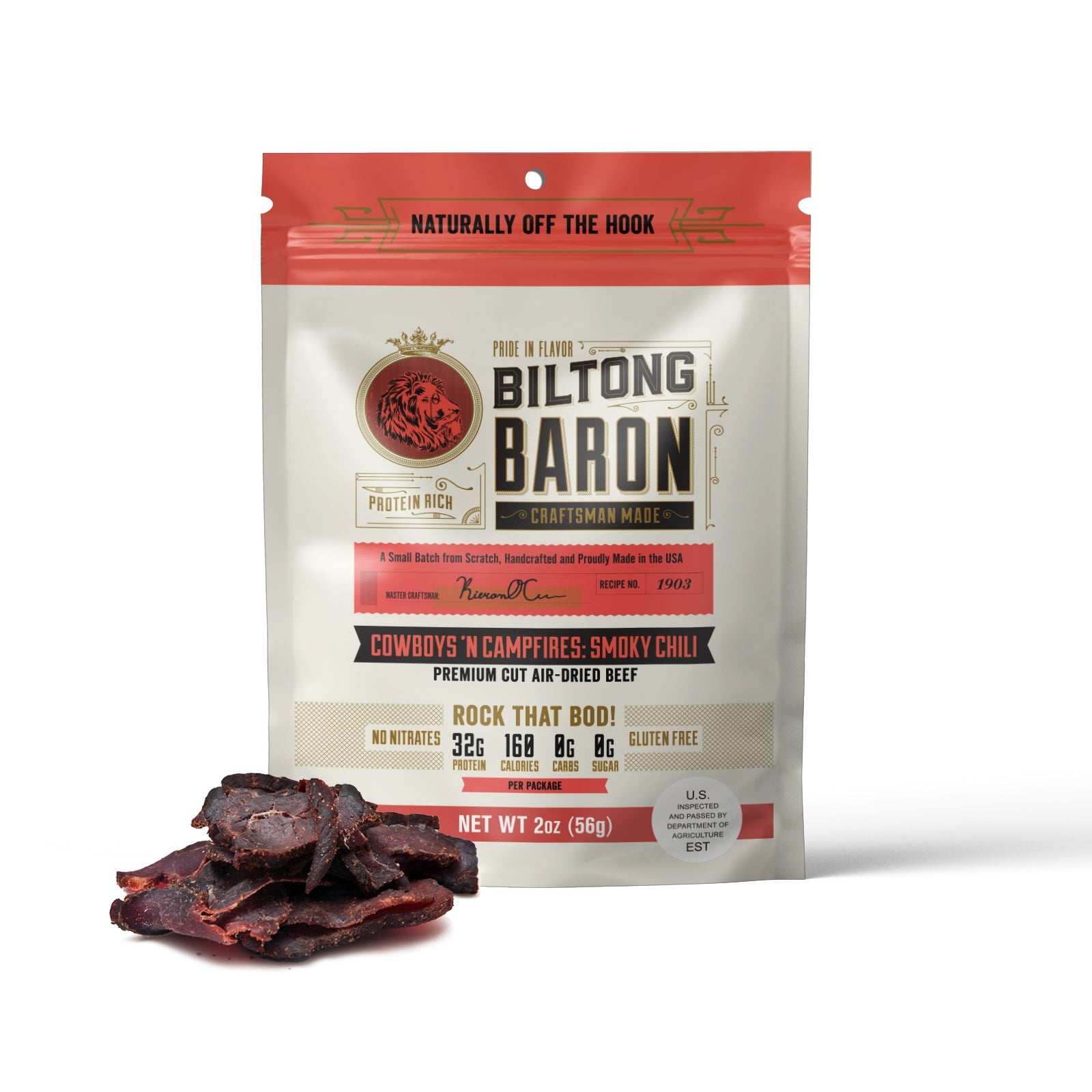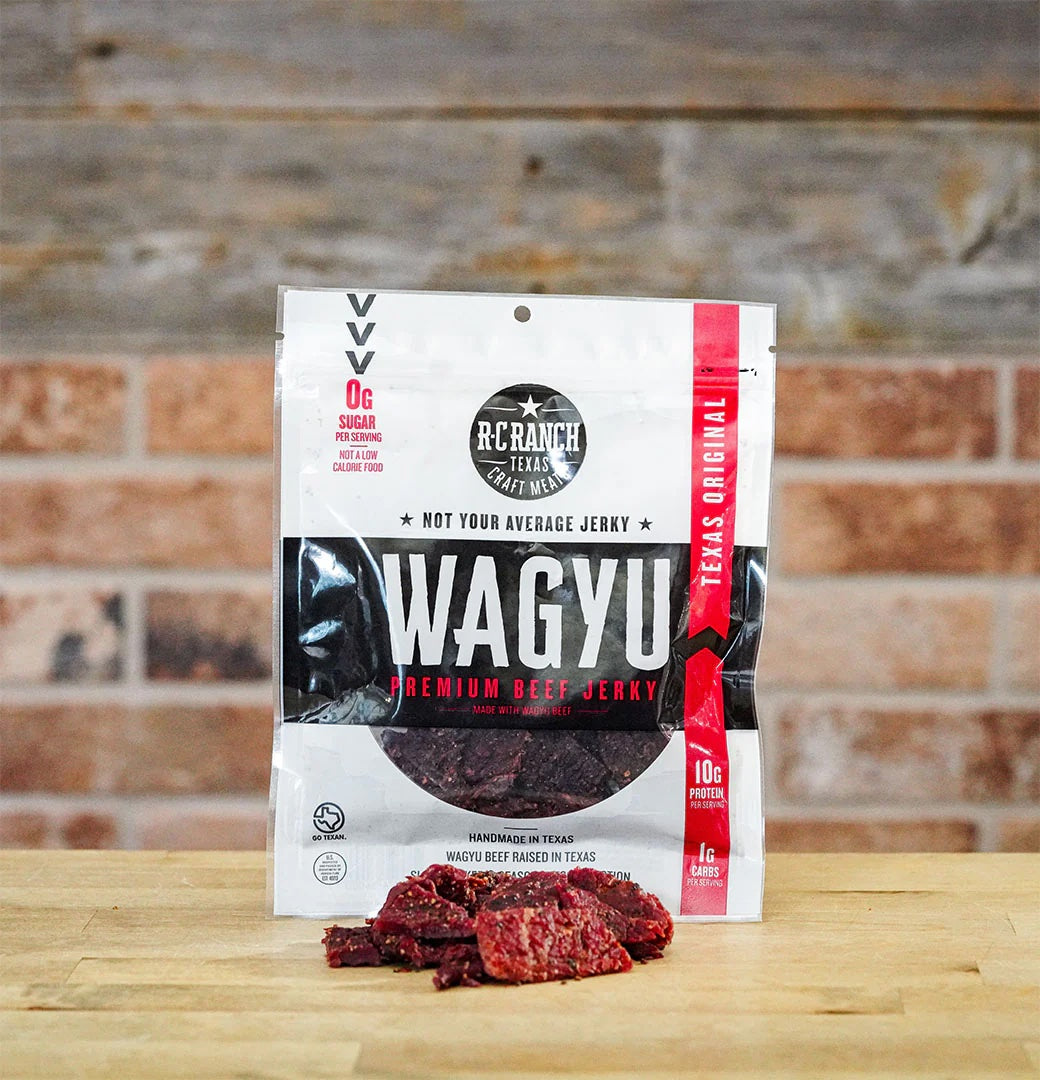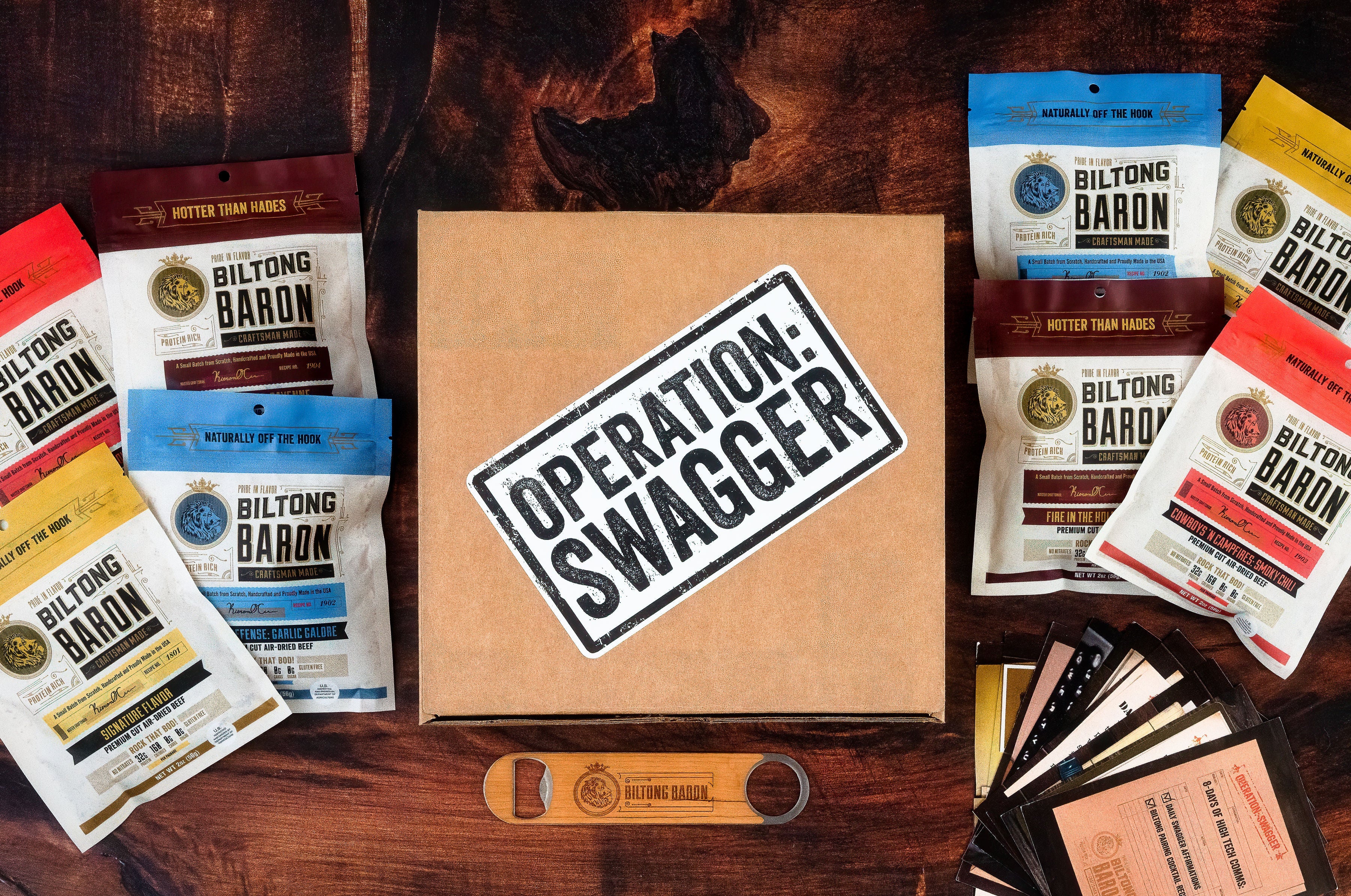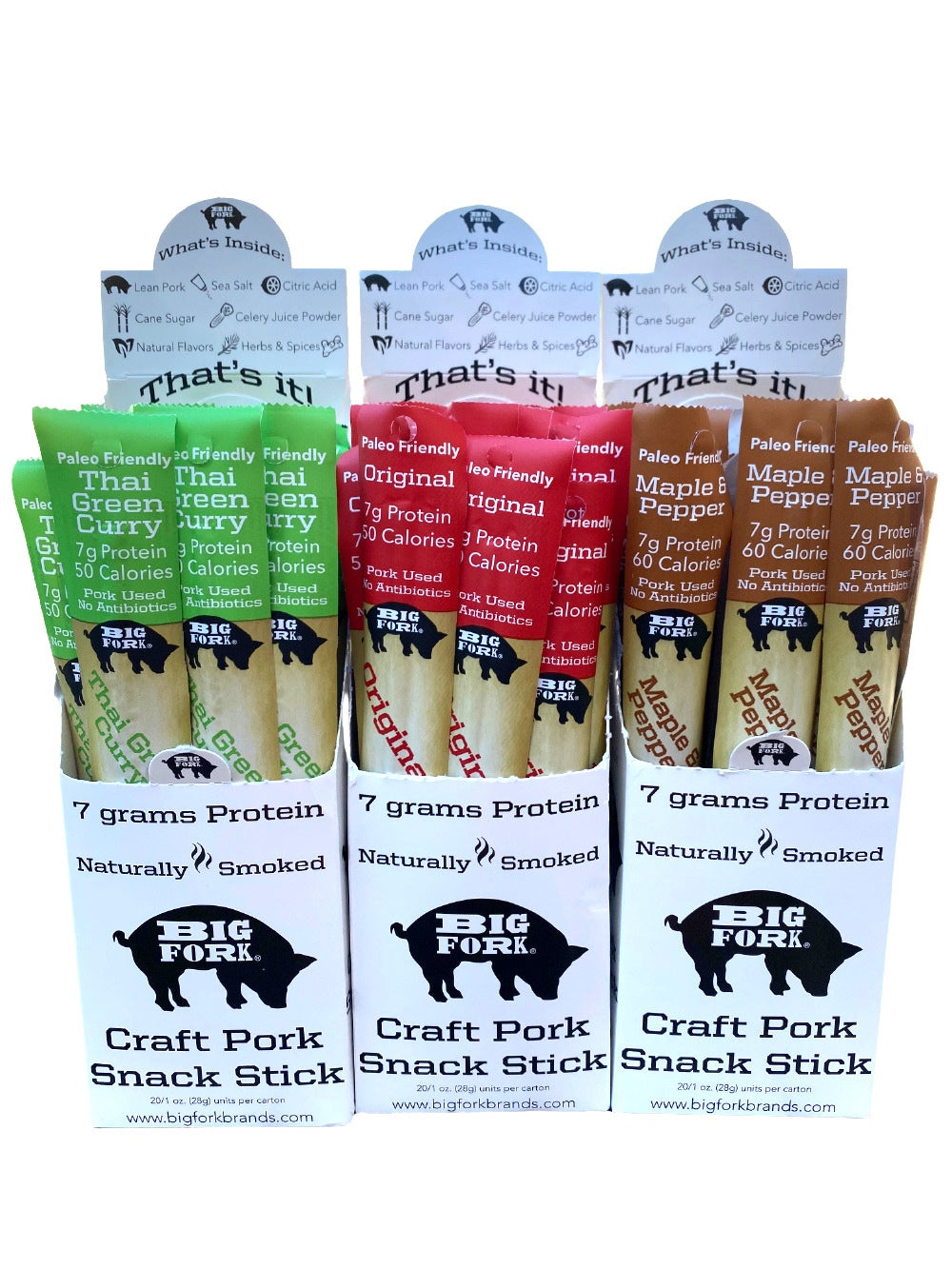-
Recently Viewed
You have no recently viewed items.
-
Featured Brands
- All Products
- About Us
- Contact Us
- Our Blog
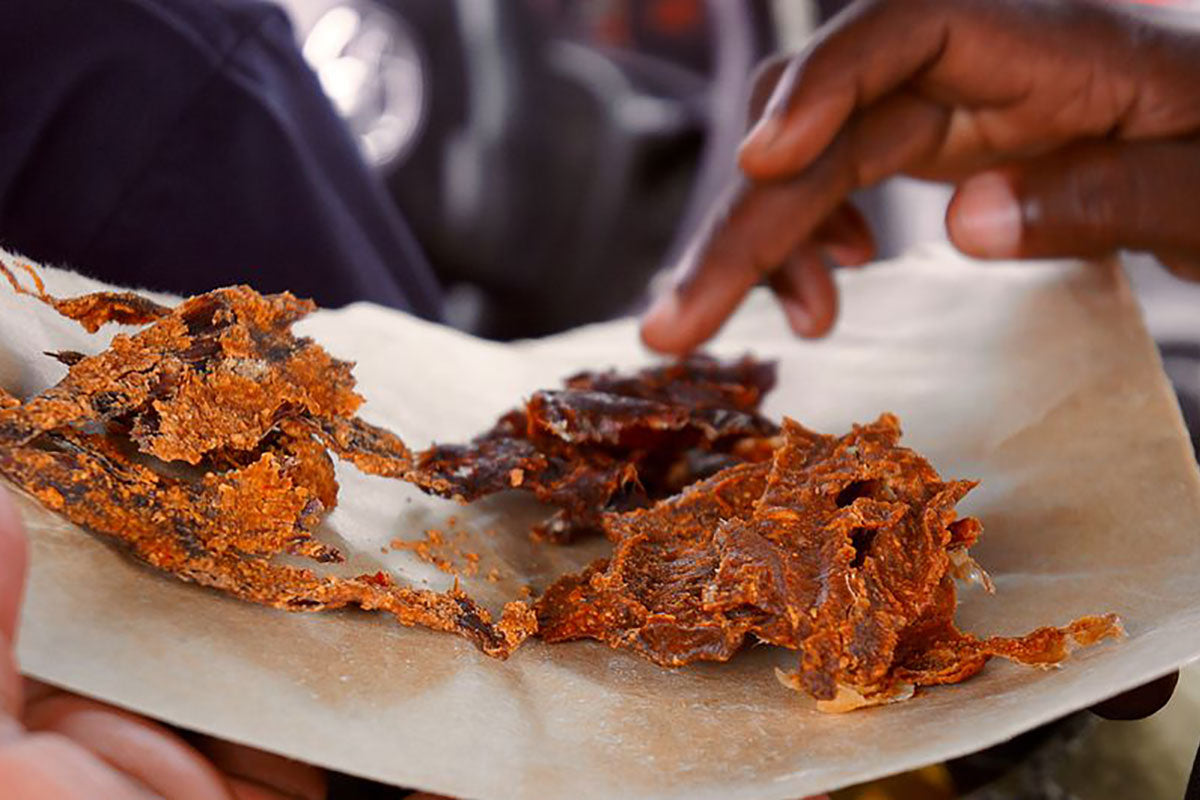
Kilishi Beef Jerky Guide: All About Kilishi
Did you know kilishi is one of the oldest types of beef jerky? Nigerian tribes have been making kilishi for generations, and it’s no wonder why. Kilishi is easily portable, easy to make, affordable and delicious!
Thanks to all these factors, kilishi remains popular in Nigeria. But what exactly is this tasty Nigerian beef jerky?
Keep reading for facts about this exotic jerky and tips on how to make it.
What Is Kilishi?
Kilishi is a type of beef jerky that originates in northern Nigeria. It’s a derivative of suya, a Nigerian street food. Suya is heavily seasoned and then grilled kabob-style, resulting in a flavorful and portable meal.
Kilishi starts the same as suya, with long, thin and lean strips of heavily seasoned meat. The main difference is the cooking method used.
Suya is grilled and then left tender, but kilishi is put through a drying process. In Nigeria, people dry kilishi with a wood fire until it’s bone-dry, which preserves it very well. The texture is similar to the usual beef jerky you’d find in the U.S.
This process has a long and rich history in Nigeria. Before the modern kitchen, nomadic tribes would have needed a way to keep cuts of meat safe to eat during travel. Kilishi would have helped prevent any unnecessary food waste.
Kilishi’s stable shelf life has made it a practical way to enjoy preserved meat to this day. The cooking time is relatively short, and people can keep and transport fresh kilishi for long periods without it losing its taste or quality.
[Related: Biltong Jerky Guide]
Kilishi Meat Options
Does kilishi need to be made with beef?
Traditionally, Nigerian kilishi is almost always made with lean strips of beef. You may find goat and lamb variants at Nigerian street vendors. If you love the flavor of kilishi but aren’t a fan of red meat, you can make any meat into a form of kilishi.
The key to tasty kilishi is in the spice blend, so you should be able to make kilishi with any type of jerky meat. The possibilities are practically endless — turkey, pork, venison and even mushrooms.
But if you want the authentic Nigerian kilishi experience, beef is your best bet.
How Is Kilishi Made?
Kilishi is made by seasoning strips of lean beef and then drying the strips into jerky. The primary kilishi ingredients are beef, a spice blend and oil. A common kilishi recipe includes a variety of seasonings, like garlic powder, cloves, ginger, paprika and suya spices, although the exact blend can vary widely.
Basic Kilishi Recipe
Kilishi is relatively easy to make, with just three main steps. As long as you can mix spices, cut meat into strips and use an oven, you should have no trouble with this kilishi recipe.
- Trim the meat to remove any fat.
- Slice the meat into thin strips.
- Place the strips on a baking sheet.
- Sprinkle the meat strips lightly with salt (you can skip salt if desired).
- Mix your preferred spice blend while letting the strips dry slightly.
- Bake the unseasoned strips for 15 to 20 minutes in a preheated oven at about 475℉, flipping the strips every 5 minutes or so.
- Combine all your dry seasonings with enough oil to create a thick paste.
- Remove the strips from the oven.
- Coat the strips in the seasoning paste.
- Arrange the coated strips in a single layer on the baking sheet. Once the strips are fully seasoned, you’re ready to finish the drying process.
- Place the strips on the baking sheet back in the oven.
- Check on the strips, and rotate them often until they’re fully dry. This takes about 10 to 15 additional minutes. Be sure they’re completely dry because any lingering moisture could result in mold.
- Remove the strips from the oven.
Once the strips are cool to the touch, you’ll have amazingly flavorful homemade kilishi beef jerky!
[Related: How to Make Beef Jerky: Your Guide to Homemade Beef Jerky]
Is Kilishi Healthy?
Do you want to try kilishi but are concerned about your health? Luckily for you, this tasty snack is quite healthy! Like most jerky, kilishi is a high-protein, low-carb snack.
Nigerians have long valued kilishi for its portability and protein boost on long journeys. Kilishi beef jerky is perfect for those who need some extra protein on the go, and the marinade provides a vitamin boost.
The key to making sure your kilishi is safe to eat is a clean work environment. As long as the preparation space is cleaned properly and the meat is dried fully, you shouldn’t have to worry about bacteria. To make your batch of kilishi extra healthy, don’t overdo the salt.
[Related: Is Beef Jerky Healthy?]
Calories in Kilishi
Kilishi is a pretty healthy snack, but it can be calorie-dense. Although the exact number of calories will vary according to the recipe used, kilishi typically has about 480 calories per 100 grams.
Price of Kilishi
Kilishi is a popular street food in Nigeria. The price is reasonable, usually $2.50 to $12 in U.S. dollars. You can buy kilishi from specialty meat dealers in the U.S.
[Related: Why Is Beef Jerky So Expensive?]
Now It’s Your Turn to Try Kilishi
Kilishi is a flavorful beef jerky that Nigerians have loved for generations. This street food is high in protein, low in carbohydrates and easy to carry around. Kilishi is practical and has an explosion of flavor because of the variety of Nigerian spices.
It’s not only delicious but also easy to make at home. Now, it’s your turn to test your ideal kilishi recipes.
Learn More About Exotic Jerky
Did kilishi pique your interest in exotic jerky? If so, you're in luck: Our blog covers jerky from all around the world, including the following:
Be sure to follow us on social and subscribe to our newsletter below for up-do-date info on all things jerky!
Featured image “Kilishi (Spicy Beef Jerky)” by Fatima Bukar
- Choosing a selection results in a full page refresh.


